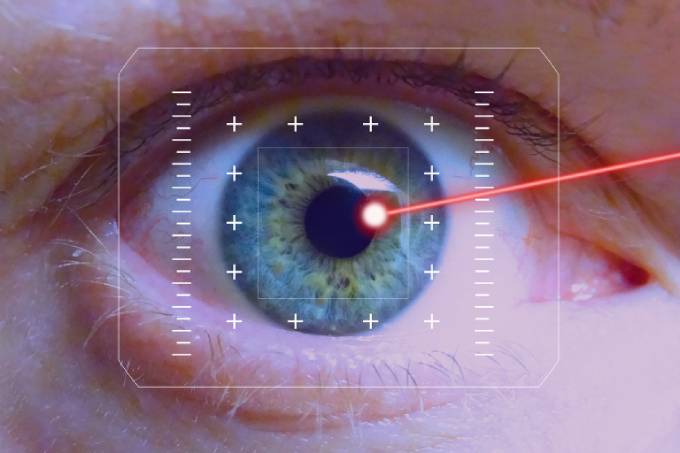The Evolution of Cataract Surgery: Embracing Precision and Safety with Femtosecond Laser Technology
Are you or a loved one considering cataract surgery? This decision can greatly impact your vision and overall quality of life. Fortunately, technological advancements have transformed cataract treatment, making procedures safer and more precise than ever. One such innovation is femtosecond laser-assisted cataract surgery (FLACS), a game-changer in ophthalmology.
Traditionally, cataract surgery involved manually removing the cloudy lens and replacing it with an artificial one. While effective for decades, FLACS enhances precision significantly. Femtosecond laser technology allows surgeons to create precise corneal incisions, fragment the lens with extreme accuracy, and customize the capsulotomy’s shape and size.
But what does this mean for you as a patient? Let’s break it down.
First, FLACS offers enhanced safety. Traditional cataract surgery carries risks like anterior capsule tears or laser-induced miosis (pupil constriction). Studies show that FLACS reduces these complications, making it a safer option, especially for patients with complex eye conditions like corneal dystrophies or lens subluxation.
Additionally, FLACS can improve long-term visual outcomes. By customizing the capsulotomy and precisely fragmenting the lens, surgeons can enhance lens placement accuracy. This leads to clearer vision post-surgery, benefiting patients opting for premium intraocular lenses (IOLs) to correct presbyopia or astigmatism.
What about the cost? FLACS may be more expensive than traditional surgery due to laser equipment and consumables. However, as technology advances and demand increases, costs may decrease. Some FLACS platforms also offer portability, reducing surgical time and eliminating the need for patient mobilization, which can help offset expenses.
Ultimately, the choice between traditional cataract surgery and FLACS is personal. It should be made in consultation with your ophthalmologist. Staying informed about advancements ensures you receive the best possible care.
In conclusion, FLACS marks a significant leap in cataract surgery. It provides patients with exceptional precision, safety, and improved visual outcomes. As research continues, further refinements and expanded applications for this technique are expected. If you’re considering cataract surgery, discuss FLACS with your eye care provider. Your vision deserves the very best.







